2025.11.07
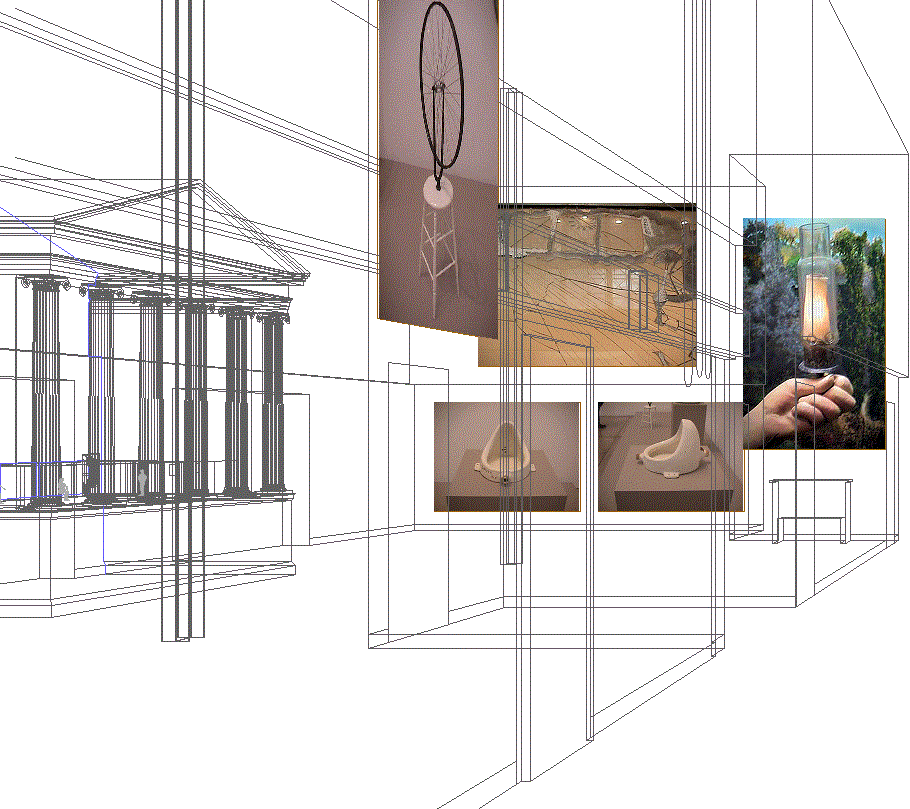
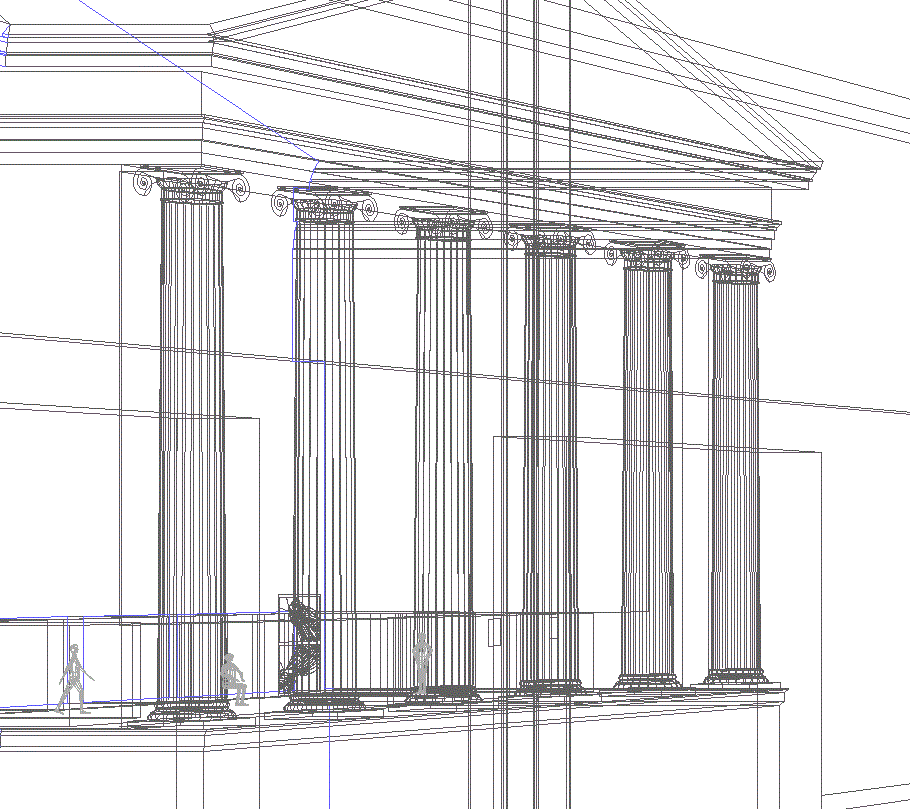

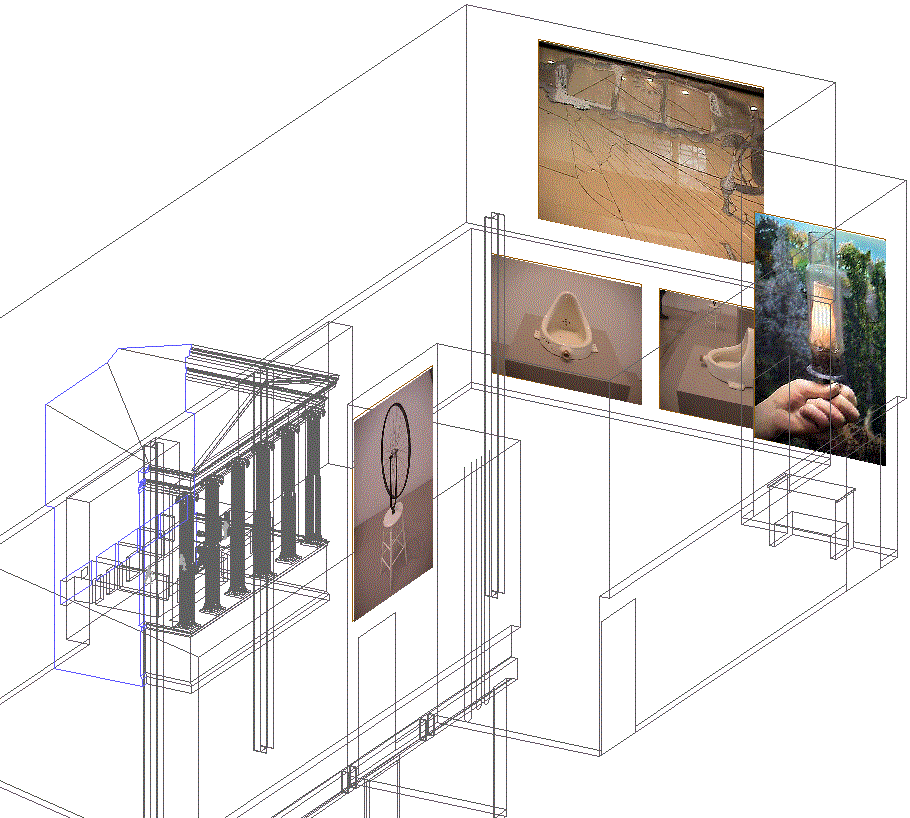
451 Rhawn Gallery . . . a 15% life-size model of the Duchamp Gallery enclosed by the Philadelphia Museum of Art has been installed within the gallery, and has anyone else noticed the Implicit Mugshots?
2024.11.07
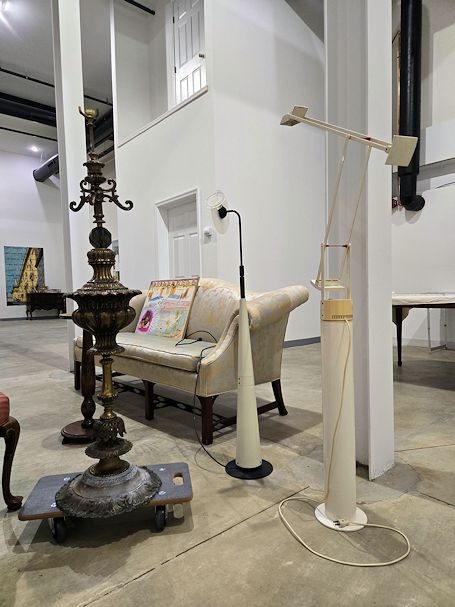   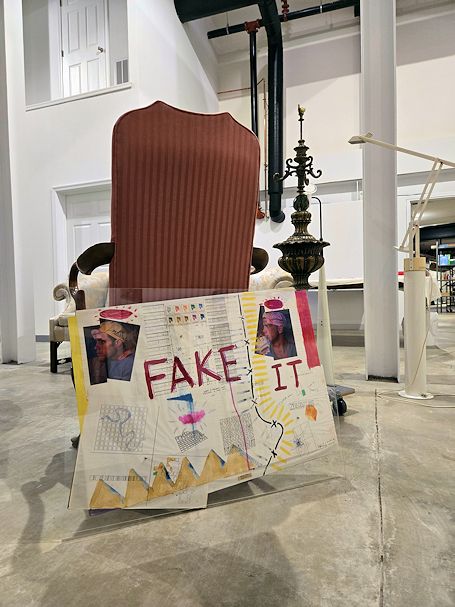
2000.11.07
Baroque Intuition?
Alex states:
When in my previous post I rhetorically asked who had 'invented' or 'designed' the Baroque, I was somewhat shocked to see candidates actually being proposed for this mythical position.
Steve replies:
When I proposed Michelangelo as a place to look for the 'beginnings' [Alex's original rhetorical only asked about who 'designed'], I also particularly called out Michelangelo's fortification designs for Florence. In the almost two weeks since then I did some further reading/research on the fortifications. I read what Ackerman and Argan/Contradi offer, and I was surprised to learn that fortifications by Michelangelo were indeed executed, but in an impermanent fashion--packed dirt and straw--and did not stand up well to attack. Their only record today are Michelangelo's design sketches. Also surprising were the dates of the designs: 1528-29, i.e., before Michelangelo's mature [architectural] works in Rome. I was surprised because of the relative earliness within the 16th century--"is it possible that there were Baroque 'beginnings' so early in the 16th century?"
I also took a more careful look at Michelangelo's fortification designs, of which there are several dozen drawings, and, in purely design terms, they are indeed extremely (i.e., at the beginning of a alpha-omega polarity) Baroque.
I then looked through The Timetables of History, a reference book that chronologically lists events year by year. There I found that the Sack of Rome occurred in 1527 and is "referred to as 'End of the Renaissance'." Now I was very intrigued by what was going on politically and socially in Italy at that time, and did further reading throughout Encyclopedia Britannica. For example, the Marxist view of the end of the Renaissance calls out Luther's "protests" of 1517. In any case, very unstable times for the Roman Catholic Church, 'the' Establishment.
History is both a collective and an individual collection of occurrences, especially in terms of design.
On 27 October 2000, I posted a "Baroque ending"--a double play by Bernini first performed in 1637, again a very early date and closer to what is generally termed the beginning of the Baroque. In The Timetables of History, I found that Poussin painted The Arcadian Shepherds (Et in Arcadia Ego) in 1638 and in Rome! This surprised me because I always viewed that particular painting as holding strong Romantic and Neo-Classical evocations--again a date much earlier than I expected.
I stated that Bernini's play capsulized Western cultures new bifurcation, so what was this new split? The fact that the Roman Catholic Church was no longer 'believed' to be the harbinger of the 'true' reality throughout Europe is now on one side and the Roman Catholic Church's now mostly violent (albeit sanctimonious) insistence that they were still the 'true' reality is on the other side. Europe, between roughly 1528 and 1637 was very much a bloody double theater.
The above is only a very basic outline of a (new) thesis (for me) that the essential Baroque occurred between 1528 and 1637. There are many more factors to consider and research, e.g., the rise of French political and cultural 'power' during the same period. I realize that the [so-called?] Mannerist period occurred within the early half of what I now propose as the Baroque's essential 'period', but I also propose that architecture after 1637 is reenactionary, specifically reenacting the Baroque 'play'.
ps
Does it help to be 'baroque' when analyzing the Baroque?
2000.11.07
dance of shiva
Shiva is creative when he is happy and destructive when he is dancing? Am I interpreting correctly?
You first mentioned that the dance of Shiva is not a synthesis, and this makes me here reiterate that I am displaying metabolism as a creative-destructive duality. I use the notion of synthesis only in reference to Hegel, and not broadly in reference to metabolism. I'm interested in recognizing the dual nature of the metabolic process, and not necessarily looking to define the product or outcome of the process.
Is it be OK for me to state that the manifestations of Shiva reenact the metabolic process?
2000.11.07
Intuition?
Paul wrote:
How does evolution work? My understanding is that it requires a mutant, an individual who diverges from the norm, who may adapt more advantageously to conditions and producing progeny with new characteristics. This is evolutionary change. The system doesn't mutate. It is INDIVIDUALS who are mutants.
Steve adds:
This is very interesting, and I like the conciseness. Germane to the ('beginnings' of) the Baroque, it makes me think of Martin Luther as very much a mutant/mutinous Roman Catholic. Besides his 95 theses, Luther also thereafter translated the New Testament and then the Old Testament into German for the first time--the Bible linguistically mutated, if you will.
1999.11.07
Encyclopedia Ichnographica
When I read your list of the five types of design, I immediately wondered if the notion of reenactment architectures may engender a sixth category. I know that reenactment is very much related to Mimetics and even Anthropomorphics, but I also see an important distinction between the latter two and the notion of reenactment, in that reenactments are not exactly copies, nor are they reconstructions, rather they are repeated rituals that have a core essence/event that is continual but also slightly changed over time and according to present circumstances. For example, Hadrian's Villa is perhaps the first (virtual) museum of architecture and the first reenactment 'theme park', the reign of Ludwig II of Bavaria was nothing less than a reenactment of previous European absolute monarchies, Disney's Cinderella castle/Magic Kingdom (modeled after Ludwig II's Neuschwanstein Castle) is then a reenactment of a reenactment (deluxe redux redux), Princess Diana's funeral reenacted Ancient Rome's Triumphal Way in every single detail including the massive (global) crowds that watched, and Las Vegas is undoubtedly today's world capital of reenactment architectures, even to the point of synthesizing a new reenactment urbanism. Moreover, now that I think of it, Rowe and Koetter's Collage City in part very much purports reenactment architectures/urbanisms although I believe the word reenactment is never used. Even if reenactment architectures are only a subset of Mimetics, I believe that reenactment architectures will nonetheless become a predominant design methodology throughout the coming millennium. It is then towards the notion of understanding and formulating a theory of reenactment architectures that I plan to further use what Piranesi's Ichnographia Campus Martius teaches me.
1984.11.07

right now only a line
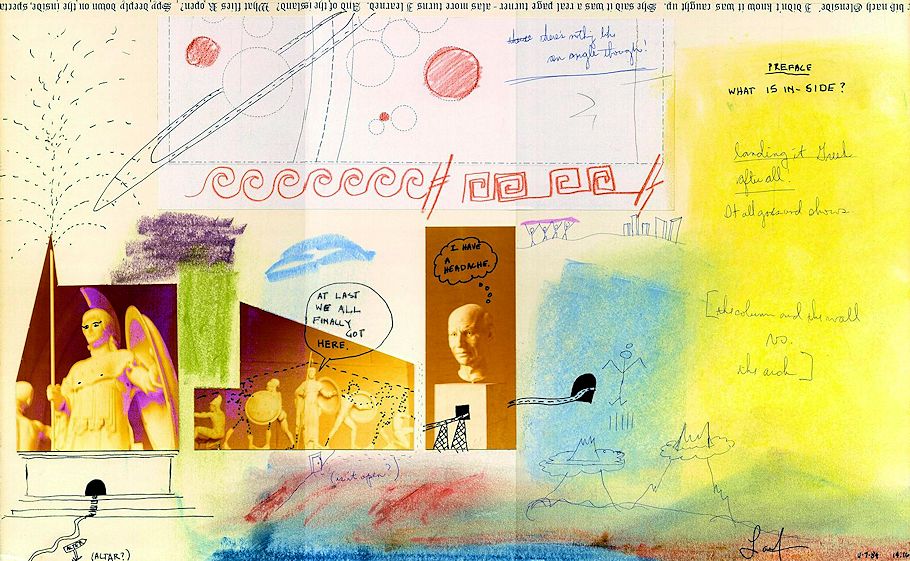
it all goes and shows
|